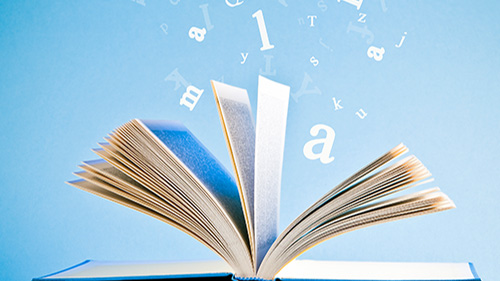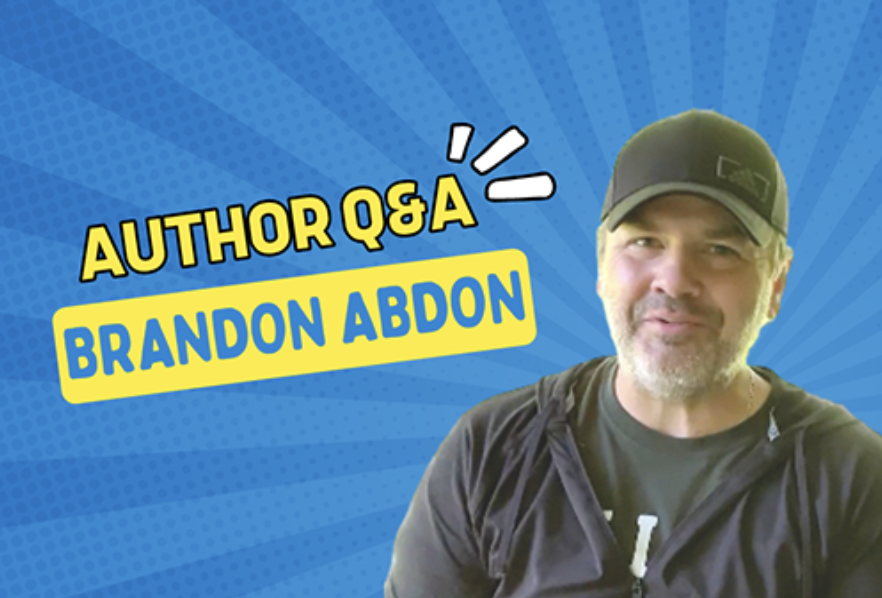The Importance of Including Native and Indigenous Literature in AP English
In AP English Literature classrooms, it is essential to recognize that everyone’s literature matters. The canon of literature has historically been...
AP & Honors Mathematics
Explore Wiley titles to support both AP and Honors mathematics instruction.
Literacy Skills & Intensive Reading
Connections: Reading – Grades 6–12
Empower student success with a proven intensive reading program that develops strong reading skills in striving readers.
Drama, Speech & Debate
Basic Drama Projects 10th Edition
Build students’ confidence and competence with comprehensive, project-based theatre instruction.
Literature
Connections: Literature
Support learners as they study dynamic, relevant texts and bring the richness of diverse voices to students through literature.
Literature & Thought
Develop critical thinking, reading, and writing across literacy themes, genres, historical eras, and current events.
Language Arts
Vocabu-Lit® – Grades 6–12
Help students build word power using high-quality contemporary and classic literature, nonfiction, essays, and more.
Connections: Writing & Language
Help students develop grammar, usage, mechanics, vocabulary, spelling, and writing and editing skills.
Reading/English Language Arts
Measuring Up to the English Language Arts Standards
Incorporate standards-driven teaching strategies to complement your ELA curriculum.
English Language Learners
Measuring Up for English Language Learners
Incorporate research-based best practices for ELLs with an approach that includes a focus on language acquisition strategies.
Mathematics
Measuring Up to the Mathematics Standards
Incorporate standards-driven teaching strategies to complement your mathematics curriculum.
Foundations
Measuring Up Foundations
Help students master foundational math skills that are critical for students to find academic success.
Science
Measuring Up to the Next Generation Science Standards
Give students comprehensive NGSS coverage while targeting instruction and providing rigorous standards practice.
Assessment
Measuring Up Live
Deliver innovative assessment and practice technology designed to offer data-driven instructional support.
For a better website experience, please confirm you are in:
2 min read
Clair Antoon-Newton Apr 16, 2024 11:26:22 AM

Read. Annotate. Discuss. Write an essay. Rinse and repeat. Sometimes the most direct path is the best path. My classroom is often “un-instagramable.” However, with some units, I want to provide students with new ways to show what they know. I want to help my students see how different elements in a major work build together to create an interpretation. I want to allow my students to be creative and design a tangible product. Literary graphs combine the rigor of an essay while allowing students to create visual connections between intangible elements and a work’s meaning.

What is a literary graph?
What are the steps of facilitating this process?
Any other suggestions or tips?


At the end of the year, I ask students to complete a survey, including a question that asks “If Ms. Antoon only kept one assignment next year, what does she have to keep?” Almost universally students say the literary graph. Literary Graphs give students the opportunity for productive struggle and connect verbal-linguistic intelligence to visual-spatial skills. Literary graphs help students see the complex interactions between abstract concepts and a work’s interpretation. And they won’t even realize they essentially just wrote an essay.

In AP English Literature classrooms, it is essential to recognize that everyone’s literature matters. The canon of literature has historically been...

In AP English Literature classrooms, it is essential to recognize that everyone’s literature matters. The canon of literature has historically been...

As we near the AP English and Composition Exam, it is a temptation to rush through material we had hoped to cover, but didn’t. To give into that...

Brandon Abdon is joined by AP Literature and Composition exam reader Roy Smith to discuss the 2024 AP exam. {% video_player "embed_player"...

Dr. Brandon Abdon and guest Clair Antoon-Newton to dig into why test scores jumped on the 2022 AP Literature Exam, standards setting, and what it all...

Ernest Hemingway once famously said that “Prose is architecture. It’s not interior design.” Well-known for the sparsity and tight structure of his...

This summer, I had the privilege of scoring Question 2 at the AP Literature Reading. I had not been to the reading in a few years, taking off the...

It’s a month before the AP exam and you’re freaking out. You're trying to think about what you need to review with your students, what you should...

Dr. Brandon Abdon is joined by Chief AP Literature and Composition Reader Steve Price to discuss the 2024 AP exam. {% video_player "embed_player"...

You know him as an AP® English teacher, webinar presenter, and author of our AP® Literature and Composition and AP® Language and Composition...

Transitional literacy focuses on bridging the gap between basic reading skills and more advanced literacy skills necessary for success during middle...

Transitional literacy focuses on bridging the gap between basic reading skills and more advanced literacy skills necessary for success during middle...
